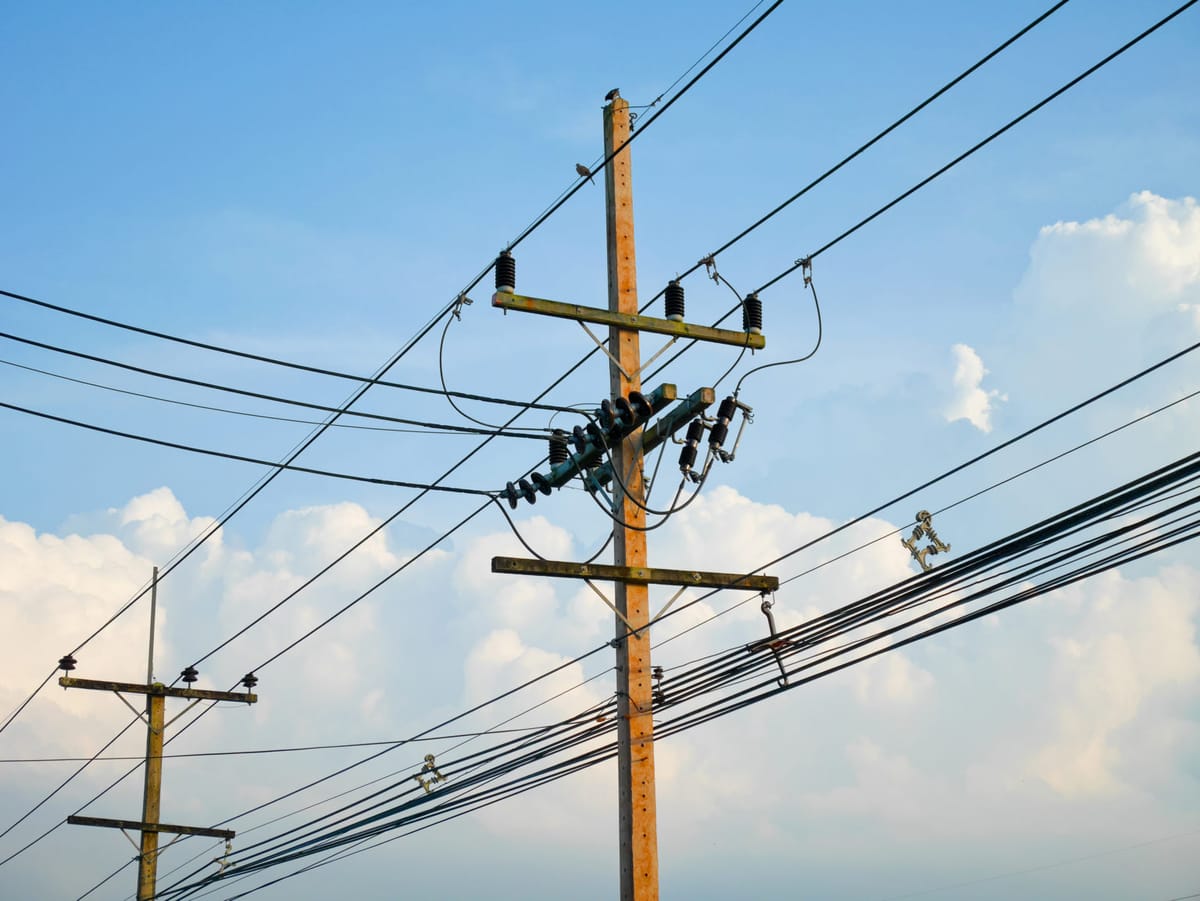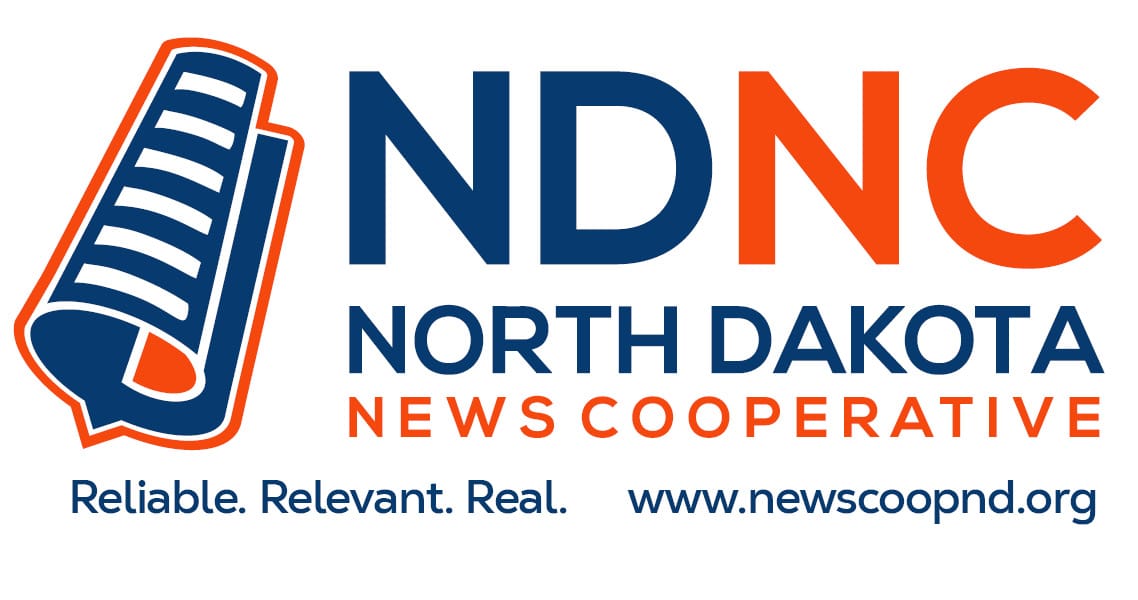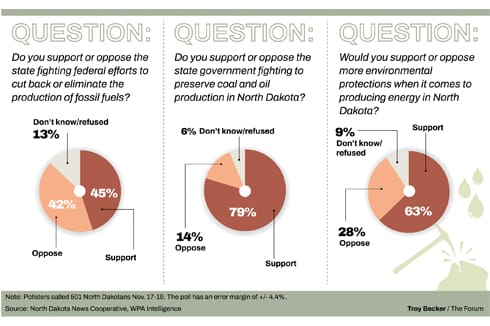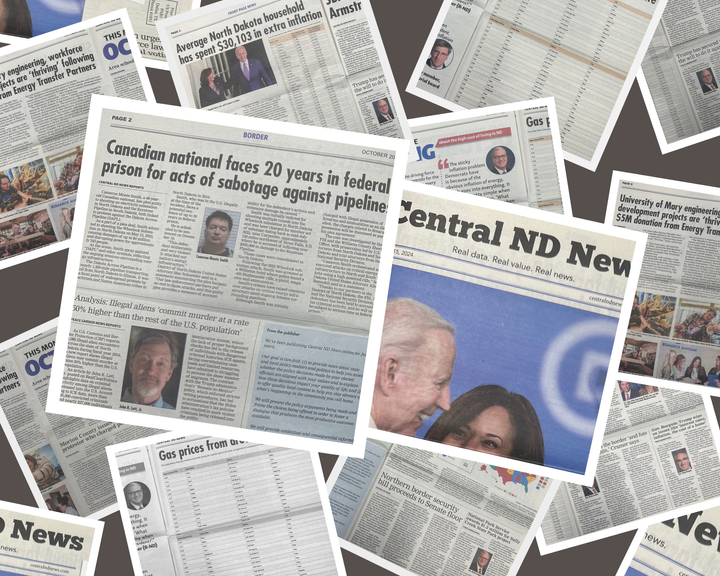Grid bending, not breaking during energy transition
Concerns show need for greater mix of power, energy storage assets

Despite continuous warnings of rolling blackouts this summer, the grids serving North Dakota and the Upper Midwest held up.
Pockets of record-breaking heat were manageable since they did not cover large swaths of the country all at once. No significant doldrums deadened wind power during heat waves.
Yet concerns persist. A major winter storm or deep cold snap creating surges in electricity demand at the same time solar and wind power assets under perform keeps energy experts, regulators and grid operators up at night.
Either significant rolling blackouts, or the unlikely event of a total grid failure, could be deadly in sub zero temperatures. Hospitals, other essential facilities, and the most vulnerable populations would be impacted the most.
“I think winter is a bigger challenge right now,” North Dakota Public Services Commissioner Julie Fedorchak said during an interview at the Capitol. “If we have extreme temperatures, or big, long cold spells, where the wind doesn’t blow as much, then we’re in big trouble.”
Energy transition goals of removing older coal fired power units that provide reliable baseload power have come too quickly according to some, including Fedorchak. Others, however, believe a much greater mix of energy and energy storage options should be called upon to ensure reliability.
The lack of proper market tools for natural gas that would help secure supplies, the dual use of natural gas for electricity generation and home heating, along with spiking gas prices, also complicates matters, Fedorchak added.
“We’re advocating constantly for changes to stabilize markets, to help stave off retirements, to create a more gentle glide path through this transition, and not jeopardize reliability or affordability,” she said.
Fossil fuel linchpin
While North Dakota is an energy exporting state and should be able to easily ensure its own energy needs, its importance as a fossil fuel linchpin for the grid managers Midcontinent Independent System Operator (MISO) and Southwest Power Pool (SPP) has only grown as coal power units are retired elsewhere.
That importance is likely to continue for some time. North Dakota is the third-largest crude oil producer in the country and has significant and accessible coal resources and abundant natural gas reserves.
Grid managers are challenged by varied paces utility companies are pushing the transition, complicating the ability to provide reliable and low cost power to consumers.
“Everybody wants that,” said Brian Tulloh, executive director of external affairs at MISO North, of low costs and reliability. “What they don’t agree on is what percentage of green or how fast they want to decarbonize.”
Changing over to more renewables is a positive, said Tulloh, but it comes at a time when looming increases in energy demand from the electricity sector for electrifying transportation, houses and buildings, are close to outpacing actual capacity.
“Even if we weren’t transitioning to green power, we would need more generation capacity to add to or replace what we’re retiring on age,” said Tulloh. “So you’re doing two things at once … you’re trying to grow and you’re trying to change the mix.”
Michael Nasi, Austin-based founder and chair of law firm Jackson Walker's climate change and carbon management group, said the overall erosion of dispatchable thermal power from coal, nuclear and gas that is being retired has increased grid risk.
Increasingly, he said, coal power units that have survived regulatory changes and a wave of retirements are “going to be extremely valuable resources,” he said.
“Don’t be in a hurry to reduce a modest amount of carbon [emissions] through retirements thinking that you’re moving the needle globally [on climate goals],” Nasi said. “It’s absolutely insane to think you’re going to change the climate change picture by prematurely retiring 10, 20, 30 or even 1,000 power plants in the U.S.”
Changing and growing at the same time continues to complicate current grid management as well as planning for the future, especially with the rapid increase of climate change related weather events.
“We are seeing an increasing number of extreme and increasingly frequent extreme events, so considerations of reliability and resilience are incredibly important across the country,” said Morgan Higman, an energy and climate change fellow at Washington, D.C.-based think tank Center for Strategic and International Studies.
With a peak demand of only around 3,000 megawatts within North Dakota itself, Fedorchak said the state is well positioned to have reliable power at all times unless a major grid failure occurs.
“I’ve been assured by MISO that they aren’t going to include us in any future rolling blackouts because they don’t see it would do any good,” Fedorchak said. “Most of the power that is coming from here is power that they need.”
Diverse mix of energy, storage solutions
While maintaining fossil fuel sources to secure reliability is an important part of that equation, Higman said, developing a diverse portfolio of renewable technologies including wind, solar, hydrogen energy storage, industrial-scale battery storage, and perhaps small modular nuclear power, is also key.
Utility-scale battery storage in California, for example, ramped up from just around 100 megawatts in 2020 to over 3,000 megawatts by mid-2022, or enough to power hundreds of thousands of homes for up to four-hours during peak energy use periods in the state.
Supplemental utility-scale battery storage could be an option in North Dakota, even if it isn’t on a California-size of a scale, said Joe Smyth, a Denver-based research and communications manager at the Energy and Policy Institute.
“It is worth considering [battery storage] in the context of where a lot of the narrative in North Dakota and other states with major coal mining industries is around carbon capture for coal-fired power plants,” Smyth said.
“It is worth looking at the timelines of what those projects could bring, and the timelines they can deliver them on,” Smyth added. “[Carbon capture] compares unfavorably with bringing gigawatts of energy storage [from utility-scale batteries] within just two years.”
Battery storage isn’t the only storage option that should be on the table, Higman said.
“It’s easy to point to batteries as an energy storage solution, but particularly places like North Dakota with a legacy of fossil fuels, hydrogen [storage] is increasingly viewed as a far more economically appealing for both fossil fuel interests and renewables interests, and has the potential to be an on demand source in times of extreme heat and extreme cold,” Higman said.
Other alternatives could be increasing distributed rooftop solar, something that would be particularly valuable for essential facilities in rural areas to both provide self-sufficient power supplies when the sun is shining and potential backup during grid disruptions.
Net metering, where individual home owners or business operators with rooftop solar can sell power back into the grids, could also be expanded. North Dakota’s current net metering rules have largely not moved the needle on installations.
Wind expansion appears poised to continue after a hiatus over the past few years, partially due to McLean and Mercer counties blocking potential large scale projects there. Moratoriums have expired or are set to expire, opening the way again for wind.
“I think North Dakota has incredible wind potential and the resources are super strong here, and I think there’s a significant number of counties that would still be very open to wind development,” Fedorchak said.
Current hurdles to faster wind expansion however include a congested grid and the need for more transmission, as well as difficulties with the permitting process when deciding the locations of new wind farms, she said.
Whatever the answers are, getting beyond politics is one hurdle in opening discussion further on what variety of options are the best fit for North Dakota, said Scott Skokos, executive director of Dakota Resources Council.
“Politically it seems like a Left versus Right issue at this point,” Skokos said of the debate around grid resiliency and where the answers lie. “The Left thinks that the grid can be easily made resilient and the Right thinks that we just need to be doubling down on fossil fuels and baseload power, when probably the answer lies somewhere in the middle.”
The North Dakota News Cooperative is a nonprofit news organization providing reliable and independent reporting on issues and events that impact the lives of North Dakotans. The organization increases the public’s access to quality journalism and advances news literacy across the state. For more information about NDNC or to make a charitable contribution, please visit newscoopnd.org. Send comments, suggestions or tips to michael@newscoopnd.org. Follow us on Twitter: https://twitter.com/NDNewsCoop.



